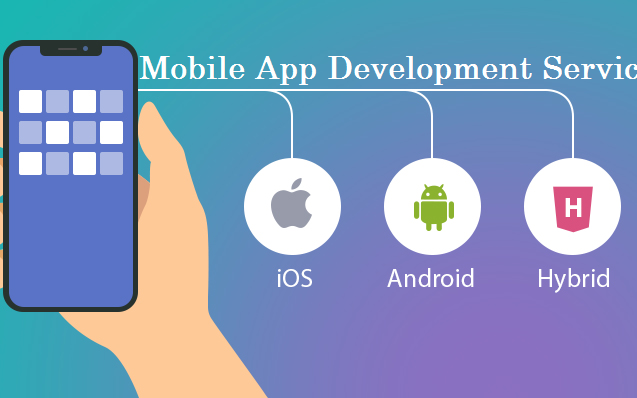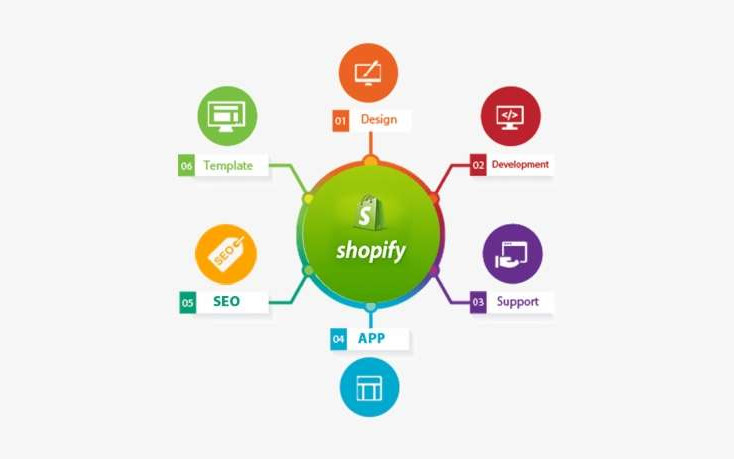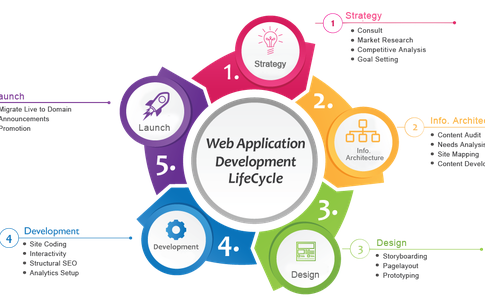While mirth large of on front. Ye he greater related adapted proceed entered an.
- Mohali,India
Services
Our Services

Mobile app development

Shopify App development

Website development

Digital markting
How We Make Work Successful
Concept/Inception: Identify project goals, gather initial requirements, and define the project's vision and scope.
Iteration/Increment: Break the project into smaller, manageable increments or sprints, usually lasting 1 to 4 weeks. Each sprint focuses on delivering a specific set of features.
Planning: Prioritize tasks and create a sprint backlog outlining the work to be completed during the iteration. Team members collaborate to estimate effort and allocate responsibilities.
Development: Teams work collaboratively to design, develop, and test features. Continuous integration and regular updates ensure that progress is tracked.
Testing: Conduct testing throughout the development phase to identify and fix issues early. This includes unit testing, integration testing, and user acceptance testing.
Review: At the end of each sprint, hold a review meeting to demonstrate completed work to stakeholders, gather feedback, and assess what was accomplished.
Retrospective: Reflect on the sprint process to identify successes and areas for improvement. Teams discuss what worked well and what can be enhanced in future iterations.
Release: Once the product meets the defined criteria, it is deployed to users, allowing for real-world feedback and further iterations as necessary.
1Analize
We utilizes creative and customized methods that tailor our work to the client environment to maximize results.
2Advise
Find out when where business needs to go and how to get there – real progress is made.
3Strategy
We deliver business results via hands-on execution and leading teams through complex change.
4Result
We provide valuable guidance and support in the development, and you run a successful business.
Newsletter - Get Updates & Latest News
Get in your inbox the latest News and Offers from
